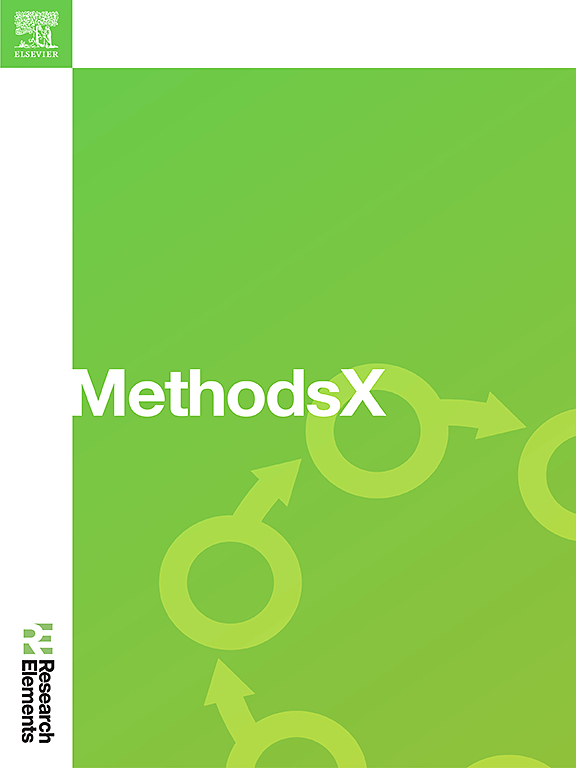Effects of ZnO nanoparticles concentration on the morphology and textural properties of ZnO/NiFe2O4 nanocomposite
IF 1.6
Q2 MULTIDISCIPLINARY SCIENCES
引用次数: 0
Abstract
The aim of this study is to synthesize and characterize ZnO and NiFe2O4 nanoparticles via green route and co-precipitation of ZnO/NiFe2O4. X-ray diffraction (XRD) data show no extra diffraction peaks belonging to other phases except wurtzite. High resolution transmission electron microscopy (HRTEM) images showed that the average interplanar distance of wurtzite phase at 3, 5, and 7 % dopant concentration were about 0.28, 0.44 and 0.33 nm respectively. X-ray photoelectron spectroscopy (XPS) results show difference in binding energies of the elements present in different concentration of the dopants. Electron Energy Loss Spectroscopy (EELS) spectra show similarities in the shape of Zn, Fe and Ni from zero loss, low loss and core loss region with a little shift in energy. All the elements exhibit multiple oxidation state; +2 and +3 for Fe and +1 and +2 for Zn and Ni. Brunauer-Emmett-Teller (BET) plot shows that ZnO belongs to the type II isotherm curve while NiFe2O4 and 3, 5 and 7 % ZnO/NiFe2O4 all belong to type IV isotherm curve indicating ZnO as macroporous while NiFe2O4 and different dopant concentration of ZnO/NiFe2O4 are mesoporous. The study shows the complete synthesis of ternary ZnO/NiFe2O4 nanocomposites using green synthesis and sol-gel approach.
- •Green synthesis of ZnO and NiFe2O4 using leaf extract of Anacardium occidentale
- •Co-precipitation method at different concentration of ZnO and NiFe2O4 for the synthesis of ZnO/NiFe2O4.
- •Nanocomposites was characterized using different analytical tools

ZnO纳米粒子浓度对ZnO/NiFe2O4纳米复合材料形貌和织构性能的影响
本研究的目的是通过绿色通道和ZnO/NiFe2O4共沉淀法合成ZnO和NiFe2O4纳米粒子并对其进行表征。x射线衍射(XRD)数据显示,除纤锌矿外,未发现其他相的衍射峰。高分辨率透射电镜(HRTEM)显示,在掺杂浓度为3、5和7%时,纤锌矿相的平均面间距分别为0.28、0.44和0.33 nm。x射线光电子能谱(XPS)结果表明,不同掺杂浓度下元素的结合能存在差异。电子能量损失谱(EELS)显示,在零损耗、低损耗和核心损耗区,Zn、Fe和Ni的形状相似,能量变化较小。所有元素均呈现多重氧化态;铁是+2 +3 Zn和Ni是+1 +2。brunauer - emmet - teller (BET)图显示ZnO属于II型等温线,而NiFe2O4和3、5、7% ZnO/NiFe2O4均属于IV型等温线,表明ZnO为大孔,而NiFe2O4和不同掺杂浓度的ZnO/NiFe2O4均为介孔。研究表明,采用绿色合成和溶胶-凝胶法完整合成了ZnO/NiFe2O4三元纳米复合材料。•绿色合成ZnO和NiFe2O4的方法:采用不同浓度的ZnO和NiFe2O4共沉淀法合成ZnO/NiFe2O4。•使用不同的分析工具对纳米复合材料进行表征
本文章由计算机程序翻译,如有差异,请以英文原文为准。
求助全文
约1分钟内获得全文
求助全文
来源期刊

MethodsX
Health Professions-Medical Laboratory Technology
CiteScore
3.60
自引率
5.30%
发文量
314
审稿时长
7 weeks
期刊介绍:
 求助内容:
求助内容: 应助结果提醒方式:
应助结果提醒方式:


